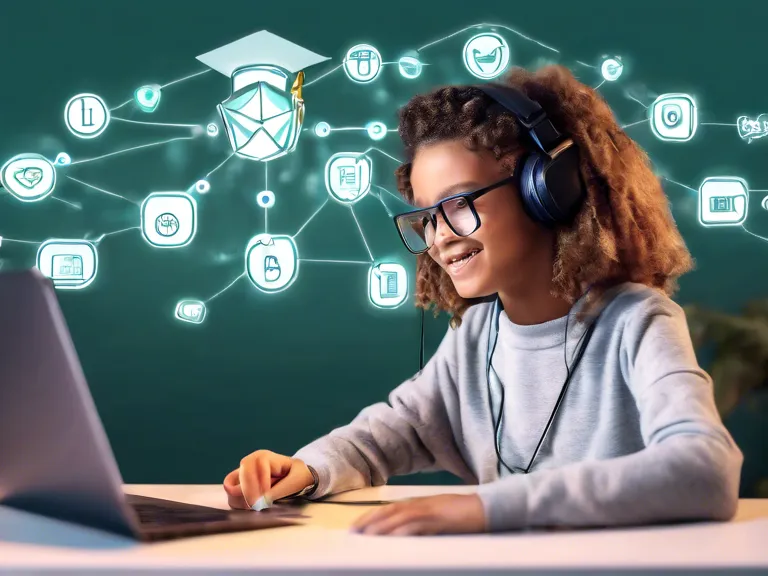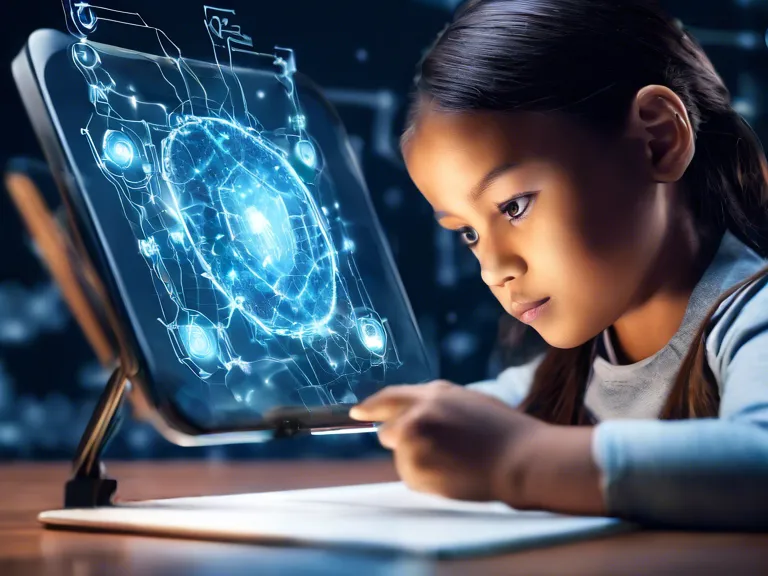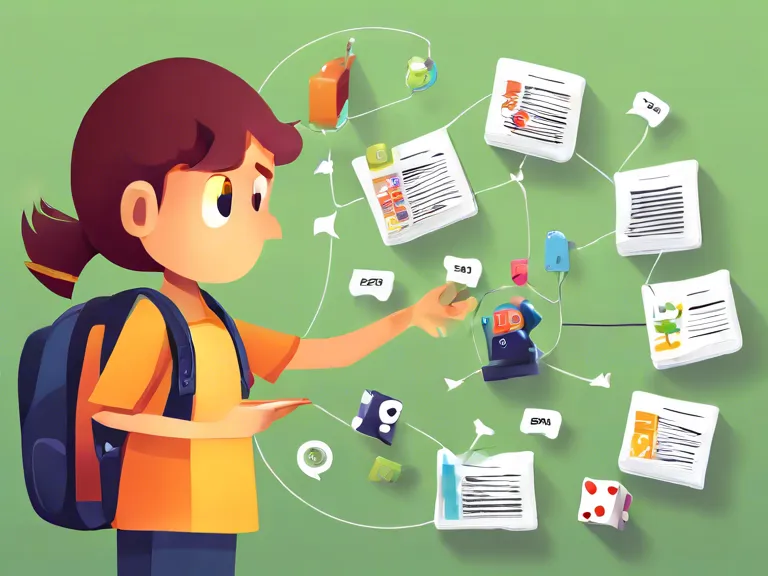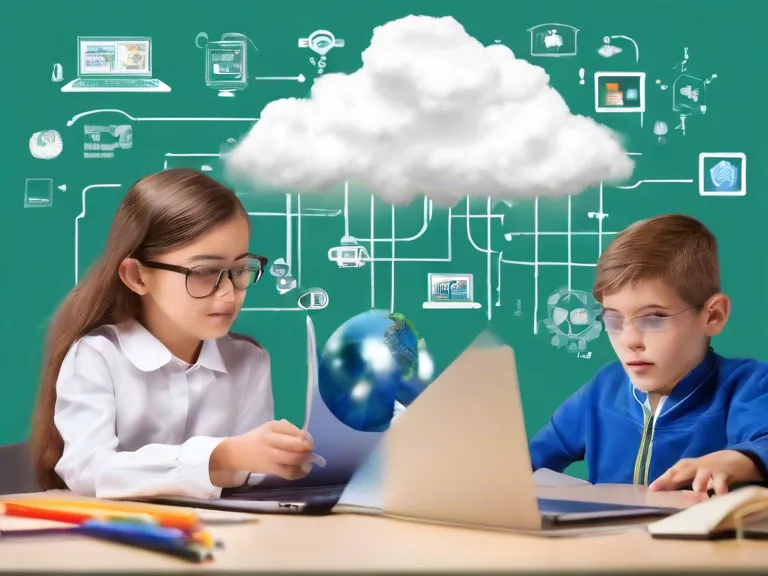
The Future of Remote Learning: Trends Shaping Education in a Digital World
The COVID-19 pandemic has accelerated the adoption of remote learning and digital platforms in education. As we look towards the future, several trends are shaping the way students learn and educators teach in a digital world.
One of the key trends in remote learning is the use of artificial intelligence (AI) and machine learning to personalize the learning experience for students. AI-powered tools can analyze students' learning styles and preferences, providing customized recommendations for materials and activities. This personalized approach can help students stay engaged and motivated in their studies.
Another trend in remote learning is the increasing focus on digital skills and literacy. As technology continues to advance, it is becoming increasingly important for students to be proficient in using digital tools and platforms. Educators are incorporating digital literacy skills into their curriculum to prepare students for the demands of the digital workplace.
Collaborative learning is also a growing trend in remote education. With the use of video conferencing and online collaboration tools, students can work together on group projects and discussions regardless of their physical location. This fosters teamwork and communication skills, which are essential in today's interconnected world.
Furthermore, the rise of virtual reality (VR) and augmented reality (AR) is changing the way students interact with educational content. VR and AR technologies can create immersive learning experiences, helping students visualize complex concepts and engage with the material in a hands-on way.
In conclusion, the future of remote learning is bright, with technology advancing at a rapid pace and opening up new possibilities for education. By embracing trends such as AI, digital literacy, collaborative learning, and VR/AR, educators can provide students with a rich and interactive learning experience that prepares them for success in the digital age.


